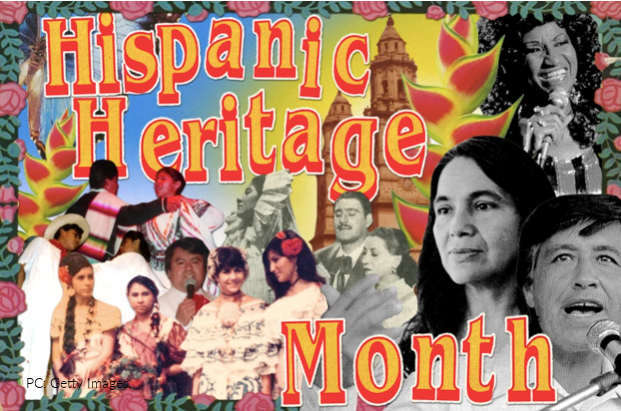It’s Hispanic Heritage Month again, which means you’ll be seeing Latinx history and pride plastered all over businesses, political campaigns, social media, and even schools. Don’t get me wrong, this isn’t a bad thing. The Latinx community should be celebrated and our contributions should get the recognition they deserve. However, discussing Latinx issues doesn’t end in October because many of us live these realities on a daily basis.
An issue that definitely does not get enough action year-round is the Latinx teacher-student gap. Latinx students are the fastest-growing ethnic population in public schools across the nation, with over 25% of students in classrooms being Latinx. While I’d like to tell you that it’s a victory for the number of K-12 Latinx teachers to have quadrupled since the ’90s, this increase does not even come close to rising student populations. According to the California Department of Education, more than 50% of students in public schools in California are Latinx, but only 20% of teachers are Latinx.
In a 2015 report by the American Community Survey, we see that the gap between teachers and students is the most severe for Latinxs, among all other ethnic groups.
So why does this gap matter? Well, there’s already so much research that shows how having more teachers of color positively impacts both students of color and white students. Teachers of color often better understand the needs of students of color and white students benefit from these cross-cultural interactions. But let’s talk specifically about Latinx students. The majority of Latinx students are likely to have parents who are immigrants or they might be immigrants themselves. Additionally, the majority of these students are bilingual or English learners. Teachers who understand the adversity that comes with these identities are more likely to understand why a student might be struggling in school, rather than simply writing that child off as a bad student. Furthermore, by having more Latinx teachers in the classroom, the growing Latinx student population has role models to look up to.
So what can we do about it? Structural changes need to be made to empower Latinx students to not only make it to college but make it through and graduate. Our education system needs to do better by allocating more funds towards helping Latinx students become educators. Another solution is for school districts and charter schools to actually hire Latinx teachers! I know a lot of these solutions sound complicated, but it starts with having conversations. This Latinx Heritage Month I encourage all of you to ask the educators, school administration, and policymakers in your life about what they’re doing to close the Latinx teacher-student gap.
Nataly Gonzalez
Latest posts by Nataly Gonzalez (see all)
- English Only Policies Leads to Lack of Bilingual Teachers in California - May 25, 2022
- 5 Conclusiones que los Estudiantes deben aprender sobre la Vida y la Carrera de Selena - April 15, 2022
- 5 Takeaways Students Should Learn About Selena’s Life and Career - April 11, 2022
- Hablemos de por qué los Estudiantes en California necesitan Educación Artística - February 22, 2022
- 5 Cosas que Aprendí de la Especialización en Estudios Étnicos - February 21, 2022

